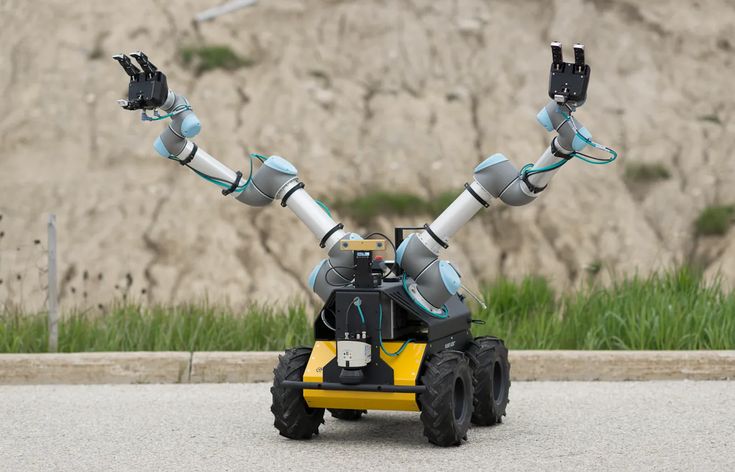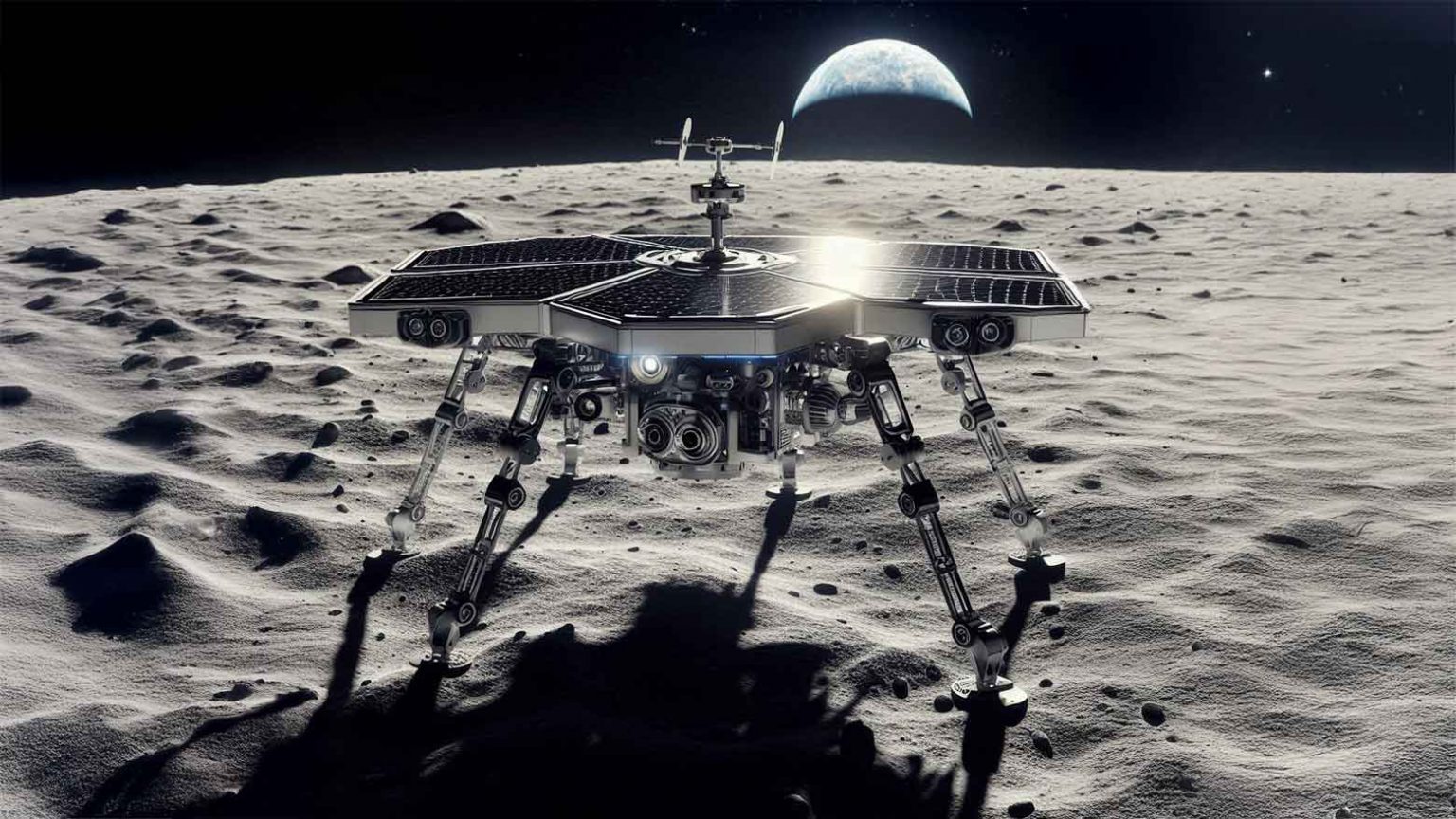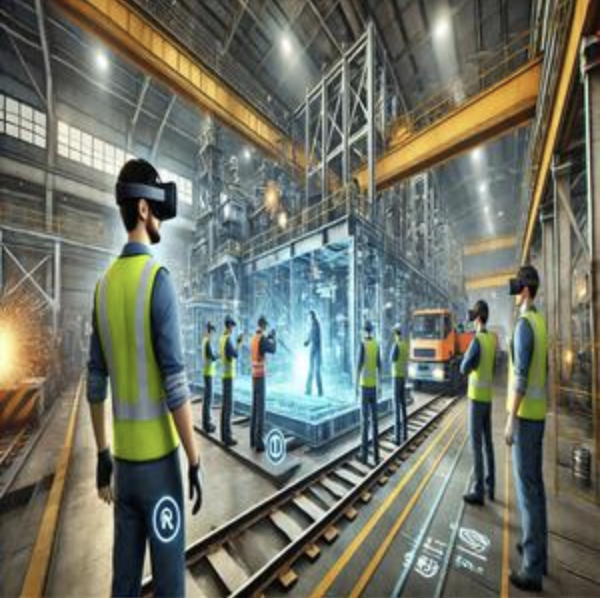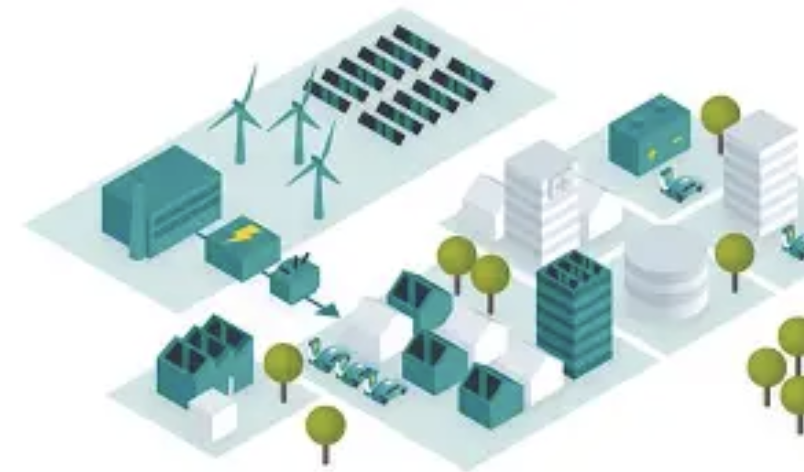Ocean number and fish data stream
Have you ever thought that the fish on your plate, its journey may be more "digital" than you think?
Of course, I'm not talking about the holograms swimming in fish tanks in science fiction movies. What I want to say is that a revolution led by high technology is quietly taking place in the oldest and most mysterious field on earth-the ocean. The protagonist of this revolution is not a giant fishing boat or an advanced sonar, but a tiny device that we have never noticed, which is the underwater sensor.
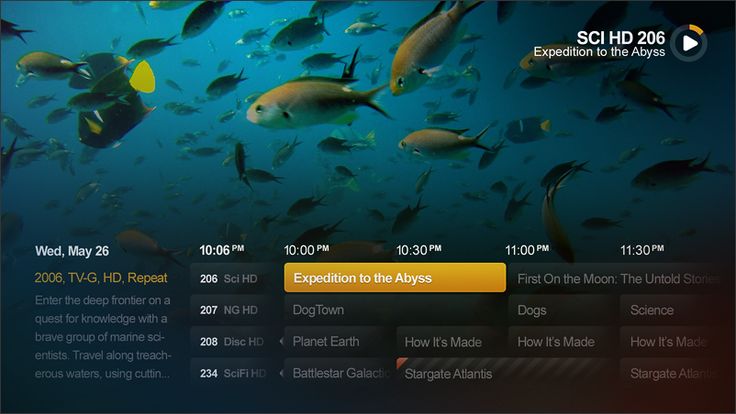
These sensors, like "neurons" in the ocean world, are silently turning the vast ocean into a huge, real-time updated database.
Guidance from fishermen's experience to data. In the past, fishing was an art, but also an experience-based learning. Old fishermen judge the position of fish by the color, temperature, wind direction and the trajectory of seabirds. This experience has been transmitted from one generation to the next, but it is highly uncertain. Sudden weather and abnormal ocean currents may make the experience fail, leading fishermen to return empty-handed.
But now, everything has changed. In some fishing grounds around the world, you can see a network of countless buoys and underwater drones. These buoys and drones are equipped with various advanced sensors. They can monitor the temperature, salinity, pH and even dissolved oxygen content of seawater in real time. These data are transmitted by satellite to the data center on the shore, where powerful algorithms analyze these data and predict the migration path and activity range of fish schools.
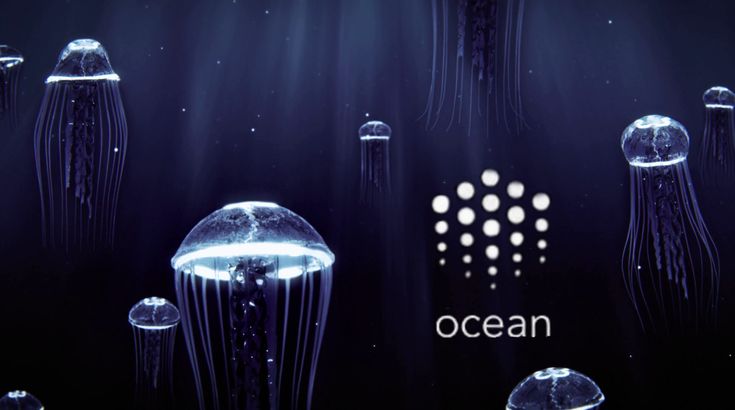
Fishing boats no longer need to sail aimlessly as in the past. The captain of a fishing boat can receive the real-time updated "fish heat map" through a simple application. This map clearly shows the area where fish are most likely to gather, which greatly improves the efficiency of fishing, reduces fuel consumption and reduces the risk of overfishing.
ID card for fish
What's more, some research institutions are putting tiny trackers on fish. These trackers are only the size of fingernails and are carefully implanted into fish, which hardly affects their normal activities. These trackers are like fish's "ID cards". They can record every swim, every breath and every heartbeat of the fish. The data they collect can help scientists better understand the behavior patterns, migration routes and responses to environmental changes of fish. For example, through trackers, scientists have found that some fish will change their foraging habits when the sea temperature rises, and even migrate to deeper and colder waters. This information is very important for protecting endangered species and making more scientific fishery management policies.
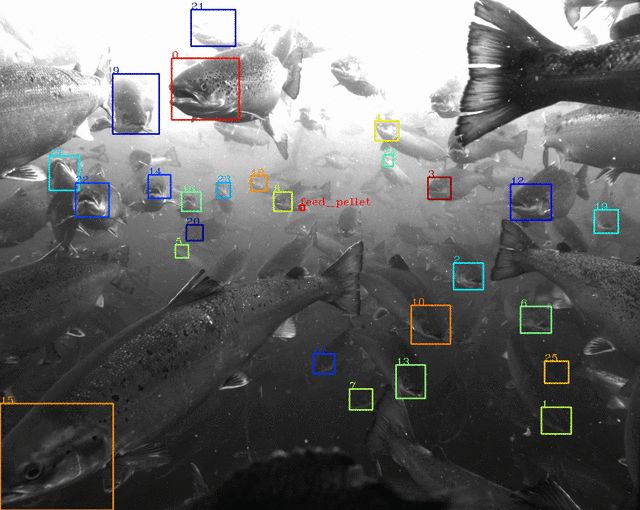
When you are sitting in a restaurant and enjoying fresh fish, you may not know that the whole process from birth to capture to serving on the table may have been digitally recorded. Some advanced fishing companies are using blockchain technology to record the fishing time, location, transportation route and other information of each fish. Consumers can easily trace the fish back to its "digital resume" by scanning its QR code with their mobile phones.
When the data stream replaces the experience stream
Judging from past experience, technology is changing the marine world at an unprecedented speed. It not only makes fishing more efficient, but also makes marine ecology more transparent. Of course, this is just the beginning. In the future, we may see more amazing applications, such as real-time monitoring of marine pollution through sensor networks or repairing coral reefs with underwater robots. So, the next time you look at the endless sea, you might as well think about it. Under that blue appearance, a digital ocean composed of data and codes is quietly growing and operating.
(Writer:Lorik)
